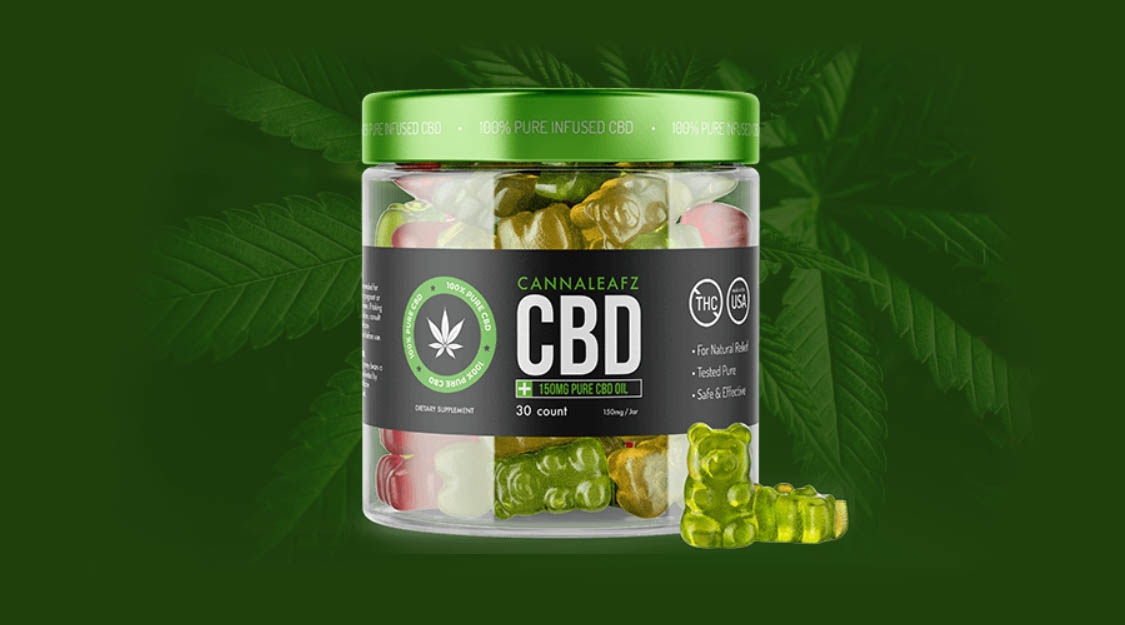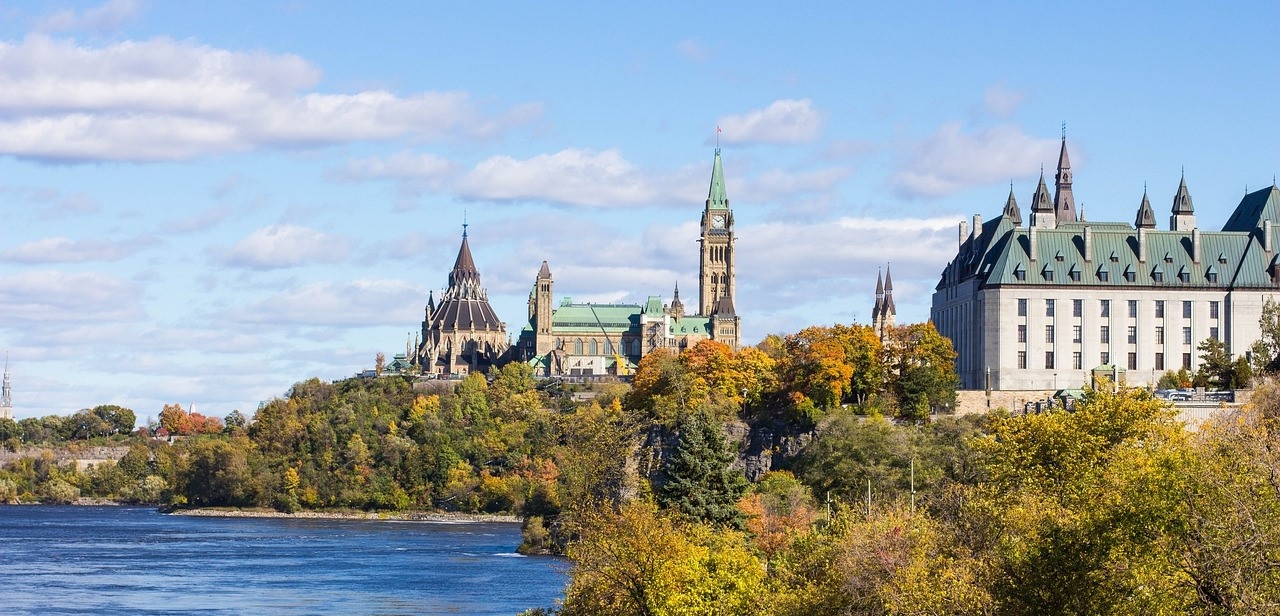
How is Ottawa’s water quality?
Of all the major metropolitan centers in Canada, the country’s capital has historically fared well in terms of drinking water quality. Each of Ottawa’s seven municipal water systems offers safe drinking water with levels of contaminants that fall below legal limits for the vast majority of the time.
Here’s a more detailed look into the safety and quality of drinking water in Ottawa.
Contaminant levels
The City of Ottawa complies with Ontario’s Safe Drinking Water Act as well as Health Canada guidelines, which require that all water treatment works regularly inspect their drinking water for a range of contaminants.
These include both health-related pollutants such as viruses, bacteria, and heavy metals, as well as contaminants that aren’t unsafe but can affect the smell and taste of water, like sulfur and dead leaves. Ottawa has achieved a 100% provincial safety report for all of these potential contaminants for several years.
However, this doesn’t mean that these common contaminants are non-existent. Even in areas with water that appears pristine to our senses, water will contain dissolved contaminants like nitrates and organic materials, which are also found in Ottawa’s water.
Nitrates are naturally occurring in the soil, although overuse of fertilizers in agricultural areas can substantially raise their levels in the environment. Organic materials often make into tap water when the amount of plant life in waterways exceeds normal levels (see below).
Beyond these common and safe pollutants, Ottawa’s tap water contains traces of the chemicals used to disinfect water and render it safe for people to drink. Luckily, popular and cheap carbon water filters are able to remove compounds like chlorine and chloramine that may remain in the tap supply after treatment.
Organic solutes
As said above, one of the most prominent categories of contamination in Ottawa's water is organic solutes. Because a significant amount of homes in the city source their water from the Ottawa River, their water supply is susceptible to seasonal changes in the body of surface water.
Due to the increased use of fertilizers in large industrial farms, surface water across Canada is seeing increased levels of micro plant life, with algal blooms covering vast swathes of Ontario lakes and rivers during the spring and summer months. When plant life rapidly increased in their aquatic environments, ecosystems and be robbed of light and oxygen and quickly disrupted, causing water quality to dip.
As a result, many Ottawa residents drawing water from the Ottawa river have reported strange musty tastes and smells to their water, especially during spring, or when showering with warm water. While not necessarily a health concern, this is likely the result of increased algae or plankton levels in the river, and can again be corrected by simple carbon filtering.
Lead corrosion
Since the widespread lead opposing that occurred in Flint, Michigan in 2014, communities across North America have become more aware of the dangers of lead piping corrosion.
While lead contamination remains a danger across many parts of Canada, studies suggest that Ottawa residents are largely protected from the risk of lead entering their water supply.
According to a large national study from 2019, twelve-thousand tests for lead in drinking water returned only 97 results above legal limits, suggesting a risk of a little more than 10% across the city. This ranks Ottawa in good standing, particularly among more historic Canadian urban centers.
At the same time, there is no safe level of lead in tap water, and even a small amount can raise the risk of health issues if regularly consumed over long periods, especially during childhood.
The chances that lead piping forms part of plumbing infrastructure depend up on when homes were constructed. In Canada, lead was used in plumbing until the 1950s, and most experts estimate that around 15% of Ottawa homes were built using lead piping. A great number of homes may also connect to older water mains that include lead materials.
Even if some components of a water line contain lead, the risk of contamination remains low, so long as pipes are regularly checked for corrosion, and the water source retains a stable pH or acidity level. When the acidity of water abruptly changes, as happened in Flint, Michigan, this can cause pipes to quickly corrode and release lead into the water.
Water hardness
Most Ottawa residents can enjoy very soft water that regularly measures a mineral content of around 30 parts per million or 2.5 grains of hardness per gallon. This is partly due to the large use of surface water in the city’s supply, which is traditionally much softer than groundwater.
Where residents in Ottawa use municipal wells, they may experience harder water, as water will have passed through bedrock, collecting minerals like calcium and magnesium along the way.
What about swimming?
The City of Ottawa tests its beaches for E. coli contamination, as high levels of this bacteria are a reliable signal that water is polluted with disease-causing organisms.
Results testing of popular swimming sports are pretty mixed, and often dependent upon the time of year. Westboro Beach, Mooney's Bay, Petrie Island East Bay, and Petrie Island River Beaches are often ruled safe for swimming. However, they also regularly list Do Not Swim advisories, so always check the City of Ottawa website before taking a dip!.








